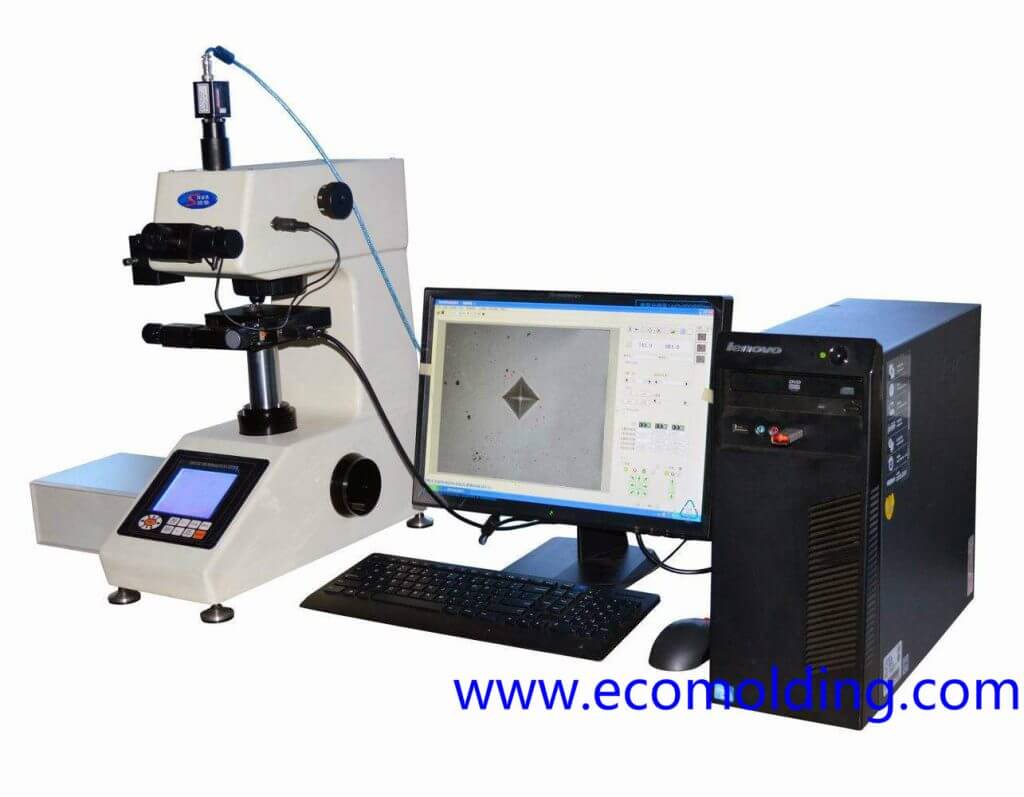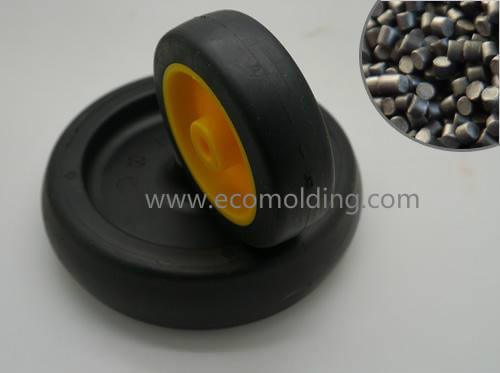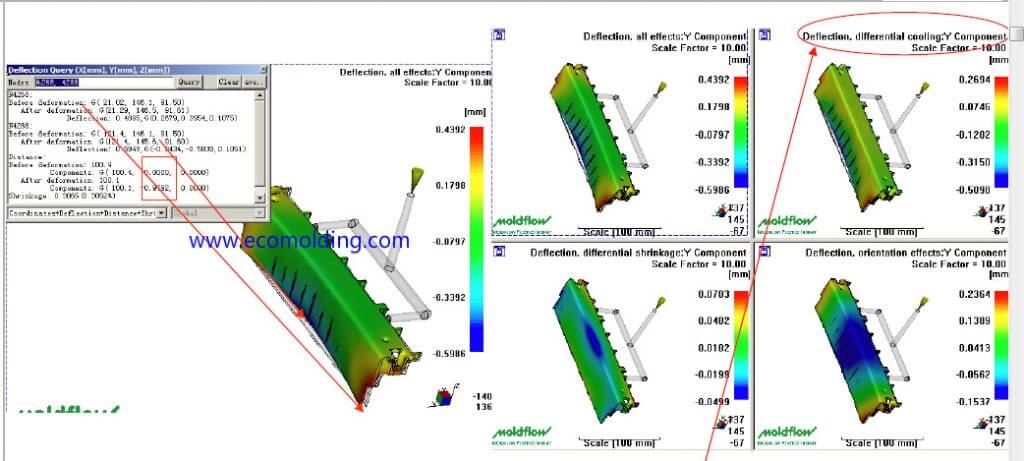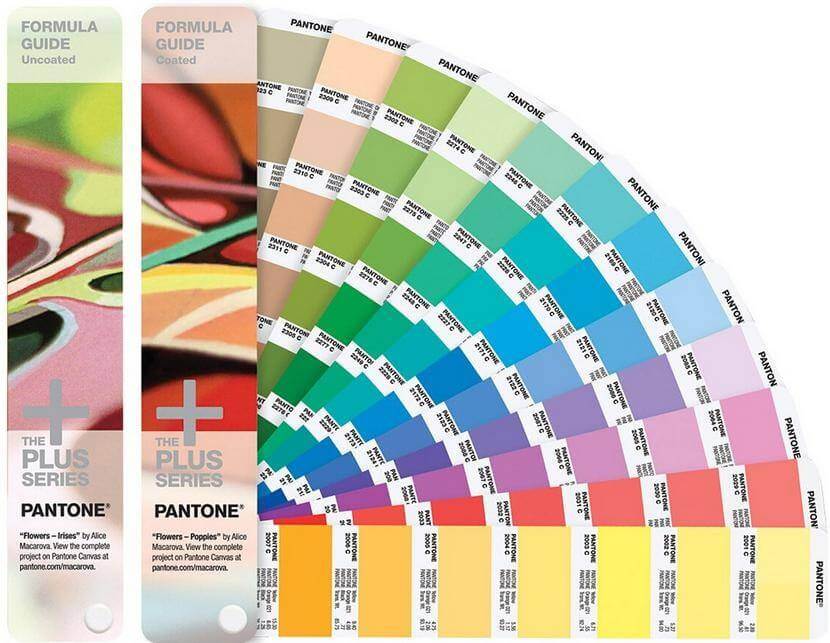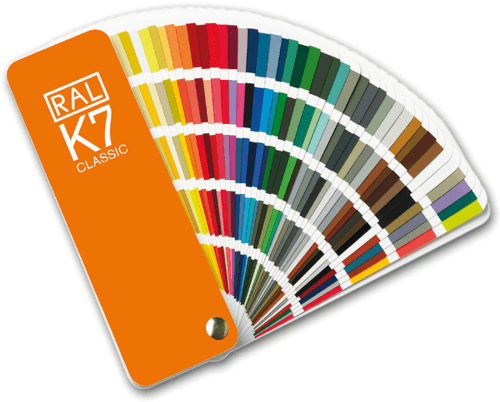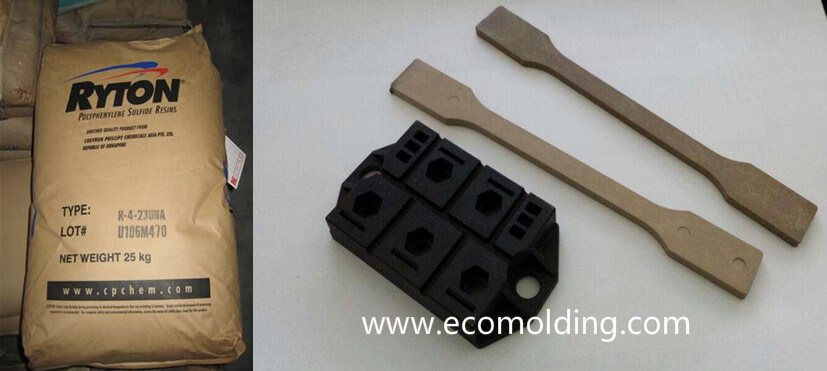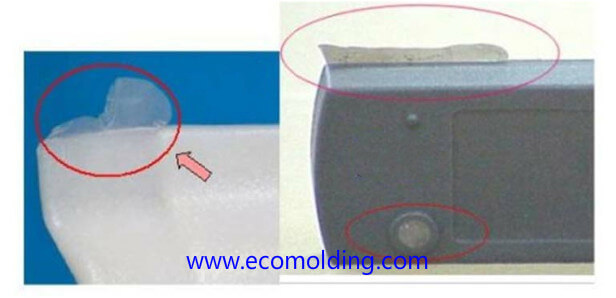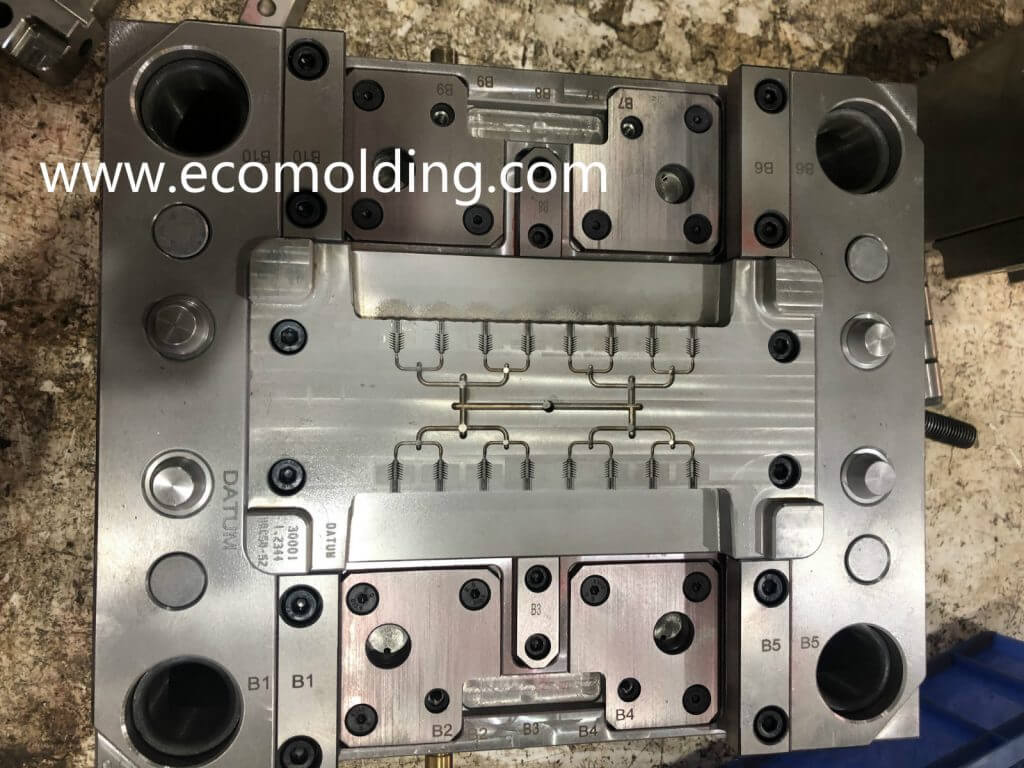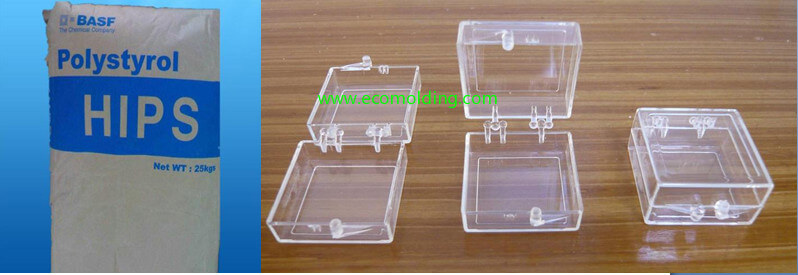
HIPS(High impact polystyrene) is an impact-resistant polystyrene product created by adding butyl rubber particles to polystyrene. This polystyrene product is added with micron-sized rubber particles, and links the polystyrene and the rubber particles together by means of grafting.
When subject to an impact, the tip end stress of the crack propagation is released by the relatively soft rubber particles. Therefore, the crack propagation is hindered and the impact resistance is improved.
HIPS Engineering Plastic
Milky white opaque pellets, with a density of 1.05g/cm3, a melting temperature of 150-180°C, and a thermal decomposition temperature of 300°C. HIPS is one of the cheapest engineering plastics. When compared with ABS, PC/ABS and PC, the glossiness of the material is relatively poor, and so is the overall performance. HIPS is modified from PS plus butadiene. Since the impact strength of PS is very low, the product made from it is very brittle, but the toughness of butadiene is very outstanding. After joining with butadiene, the impact resistance of PS can be improved by 2-3 times. Although the impact strength of HIPS is much higher than that of PS, its comprehensive performance is not as good as that of ABS, and PC/ABS, etc. Among all engineering plastics, the impact resistance of HIPS is relatively low.
The flame-retardant high-impact HIPS material.
HIPS is a modified material of PS, which contains 5-15% of rubber component, so its toughness is about four times higher than that of PS, while the impact strength is greatly improved. It possesses the great advantages in moldability and tinting strength of PS. HIPS products are opaque. Thanks to its low water absorption rate, pre-drying is not required before production. Since the HIPS molecule contains 5-15% of rubber, the fluidity is affected to some certain extent, so the injection pressure and temperature are preferably higher. In view that it cooling rate is slower than that of PS, sufficient holding pressure, holding time and cooling time are required. Its molding cycle is slightly longer than that of PS, and the processing temperature is usually 190-240° C. There is a special “white edge” issue with the HIPS products, which can be improved by increasing mold temperature and clamping force, and reducing the holding pressure and time, etc., but welding lines is quite obvious on the product.
HIPS Properties:
HIPS are milky white and opaque pellets, with a high impact strength and toughness, and can be arbitrarily colored. In addition, it also features great moldability, chemical resistance, and electrical properties. Modified by rubber, although the impact strength and toughness of polystyrene are greatly improved, its tensile strength, bending, hardness, light resistance and thermal stability are lower when compared with the homopolymer.
Since it contains rubber content, the impact strength of high impact polystyrene is 5-10 times higher than that of GPPS, which has expanded the application range of polystyrene, allowing it to partially replace the expensive ABS materials.
HI-PS is a modified material of PS. It contains 5-15% of rubber component in the molecule. Its toughness is about four times higher than that of PS, with the impact strength greatly improved (high impact polystyrene). Now, there are flame retardant, stress crack resistant, high glossy, high impact, glass fiber reinforced and low VOC HIPS materials available. Other important properties of the standard HIPS: bending strength of 13.8-55.1MPa; tensile strength of 13.8-41.4MPa; elongation at break of 15-75%; density of 1.035-1.04g/ml; It possesses the great advantages in moldability and tinting strength of PS. HIPS products are opaque. Thanks to its low water absorption rate, pre-drying is not required before production.
Process Characteristics of HIPS:
Since the HIPS molecule contains 5-15% of rubber, the fluidity is affected to some certain extent, so the injection pressure and temperature are preferably higher. In view that its cooling rate is slower than that of PS, sufficient holding pressure, holding time and cooling time are required. Its molding cycle is slightly longer than that of PS, and the processing temperature is usually 190-240° C. The HIPS resin absorbs water very slowly, so drying is generally not required. Sometimes excessive moisture on the surface of the material will be absorbed, which will affect the surface finish of the final product. But, excessive water can be removed by drying at 160°F for 2-3 hours. There is also a special “white edge” issue with the HIPS products, which can be improved by increasing mold temperature and clamping force, and reducing the holding pressure and time, etc., but welding lines is quite obvious on the product.
Purposes:
High impact polystyrene (HI-PS) can be injection molded or extruded into various products, suitable for household appliances, electrical appliances, instrument parts & components, refrigerator lining, boards, television, tape recorder, telephone casing, stationery, toys, packaging containers, daily necessities, furniture, tableware, trays, structural foam products, disposables, instruments, household appliances and entertainment products, as well as the construction industry. The flame-retardant (UL V-0 and UL 5-V), impact-resistant polystyrene has been produced and widely applied in the production of TV cases, commercial machines and electrical products.

